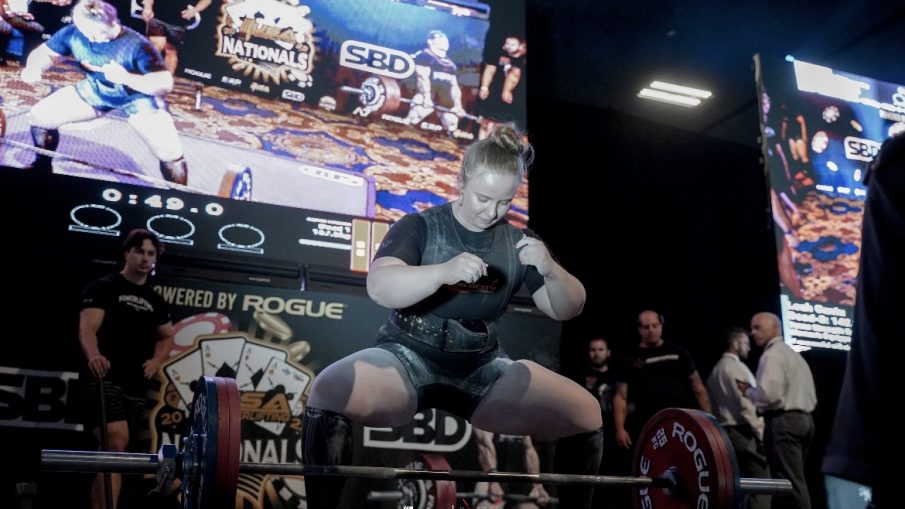Written by; Kevin Cann
The fun part about a conjugate program is there is no definitive one way to do it. A conjugate program is one that combines the methods of strength training in a way that works for the individual. This can take some time for everyone to learn about training and to also learn about themselves. We all love to max out, but for some they need to spend more time doing some of the things that they do not enjoy so much.
The internet loves to throw the words “conjugate program” out there as if it is this one definitive thing and say that that it doesn’t work for a specific group of lifters, specifically raw and drug free. We have had multiple raw 700lb squats and a raw 800lb squat, but yeah, it doesn’t work. I don’t even count 600lbs as being anything impressive these days because the numbers of those that we have had are very high.
Again, it does take time to learn about training, to learn how to identify weaknesses, and to learn to plan appropriately. This is why I like to share our ways of doing things as I feel others might be able to take something from it that can help them figure out that stuff a bit faster.
According to Zatsiorsky in “Science and Practice of Strength Training” the proportions of the methods used in training need to vary throughout a macrocycle. The methods he is referring to are the max effort method, dynamic effort method, submaximal effort method, and repeated effort method.
This varying of the proportions of the methods used in training is a staple to our conjugate programs. Sheiko also drilled into me the importance of load variability, and this matches what he was saying.
In some phases we get less max effort work and more submax effort work. As we approach a competition, we will increase the number of max effort exposures. We call our style of conjugate, constraints-led conjugate as we follow a constraints-led approach of skill acquisition. In this approach there are 3 important pieces, the individual, the environment, and the task. A big part of what we do is developing tools to mitigate the negative effects of the stressors of daily life as we have many environments that we are part of, but that is a story for another day.
A big saying in the CLA world is “Repetition without repetition.” This is something that Louie figured out long ago and we just build off it with our ideas at times. We will use the same variation in a block if it is one that can help build technique. Week 1 they get a conservative max effort where they are told to go to a 2nd attempt intensity. Week 2 will be submax reps based on that week 1 number, and week 3 they beat week 1 by 5lbs. This layout works well as it helps them not just grind out lifts every week, builds more volume which is important to beginner to intermediate lifters and elite lifters with changes in technique, and allows them to compete 1 time per month and go a bit harder.
Another way we might structure training is similar, but different. We can rotate max effort exposures with exposures of higher rep maxes of typical primary accessories. For example, week 1 might be a typical max effort day, but week 2 we might do a 5RM of RDLs on day 1, and a 5RM of close grip board press on day 2. This allows an exercise that targets a weakness to have the full energy of the lifter, while leaving room to hit more accessories a bit harder in the same day.
This can also allow the lifter to recover a bit more between max effort exposures. We need to be recovered for those max effort days as they are there to build coordination. You can’t build coordination as well when tired. Therefore, it breaks down at the end of games. You don’t develop coordination being tired by practicing it while tired. You build it fresh and then get in shape.
Like the great strength coach Charlie Francis said, “A body in recovery will always be seeking homeostasis.” We are seeking improved performance, not just getting back to our baseline. Therefore, when we have those high CNS demanding days we need to be recovered for those exposures. The rep days can help us build coordination over many reps as well as increase our power endurance over time. Sled work is another favorite of mine to help build foundational GPP. They have no eccentric movement so they are easier to recover from but will get the heart rate up and the legs and lungs burning a bit while strengthening important muscle groups for the squ

